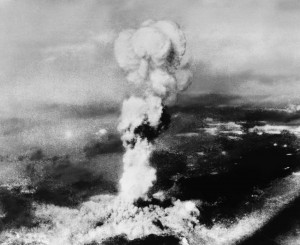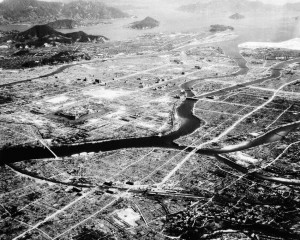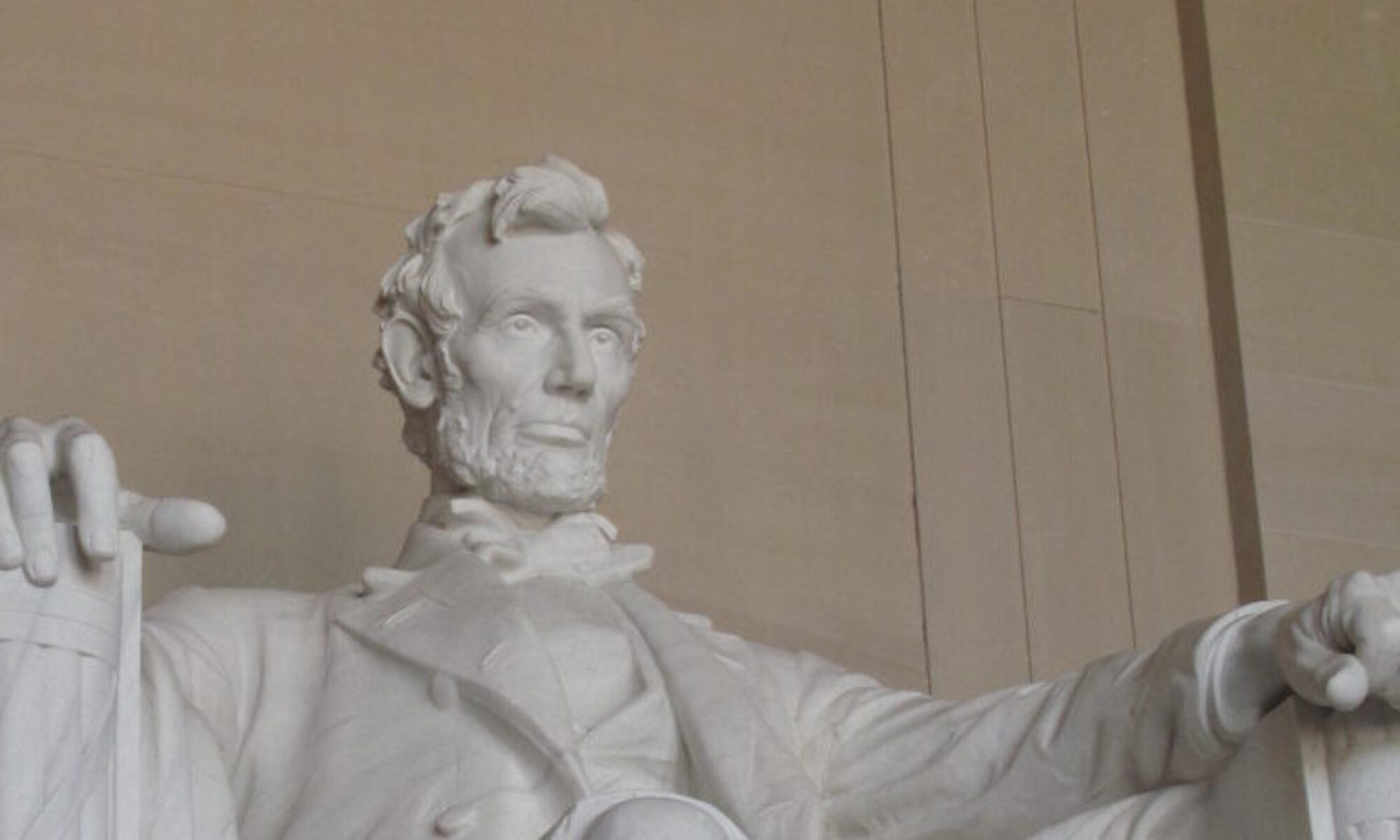Sixty five years ago, on August 6, 1945, the power of the universe was revealed for all to see, and for all to be in awe. At 8:15am at 1900 feet above the quiet port city of Hiroshima, Japan , an explosive cap drove 9 projectile cylinders of Uranium 235 down a gun barrel into a waiting target of 6 Uranium 235 rings. In one micro-second, 600mg of the combined uranium product achieved nuclear fission, and proved Einstein’s theorem of the exponential conversion of mass into energy, E=mc2.
6 hours previously, Captain Paul Tibbets and his crew had taken off from the island of Tinian in the Enola Gay, a recently commissioned B29 Superfortress with a specially designed bomb bay , housing a 9000 lb bomb nick-named “Little Boy”. They flew with a light escort for defence, as Japan’s air defence capacity was by this time minimal, and extent of power of the special package known only to a few. The responsibility for a successful mission was in the hands of Tibbets, who shouldered the responsibility for the moment of impact and its consequences with a serene spirit for the rest of his life. At 815am on August 6th, 1945, he was 30 years old.
At 815am, on August 6th, 1945, the sun was brought close to earth. An instantaneous blast wave of 4000 degrees Celsius vaporized all objects within reach of the 12oo foot fireball and the pressure wave anything within one mile. The explosive power of 600mg of unstable uranium converted into energy measured over 18 ooo pounds of TNT. For a two mile diameter the city of Hiroshima ceased to exist, as well as the 80,000 people estimated to have been caught in its inferno.


The power of the atom was exposed one more time in anger and retribution on August 9th, 1945 in Nagasaki, Japan, and the war, which had claimed over 60 million lives, was suddenly over. Though the power of current thermonuclear fusion devices dwarf the capacity of these two events in their destructive power, the example of Hiroshima and Nagasaki have proved sufficiently ominous to this point to have prevented an further use of nuclear power as a means of achieving war aims. The obvious danger in history as one gets farther and farther from the event experience has always been the capacity of the world to repeat history’s most telling lessons.
One can only hope that the understanding of the immense power of the universe to provide unlimited energy for man’s good use remains the solitary expression of what was achieved in 1945, and the message to those who would forget such lessons, the words of J. Robert Oppenheimer, the director of the Manhattan Project upon seeing the the first nuclear fission explosion, quoting the Bhagavad-Gita, ” Now I am become Death,the destroyer of worlds “.
